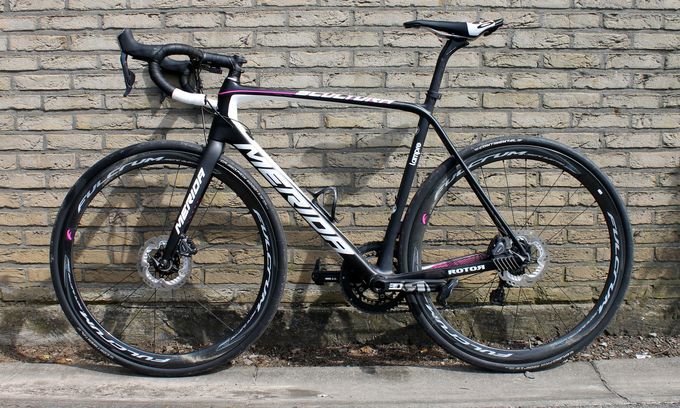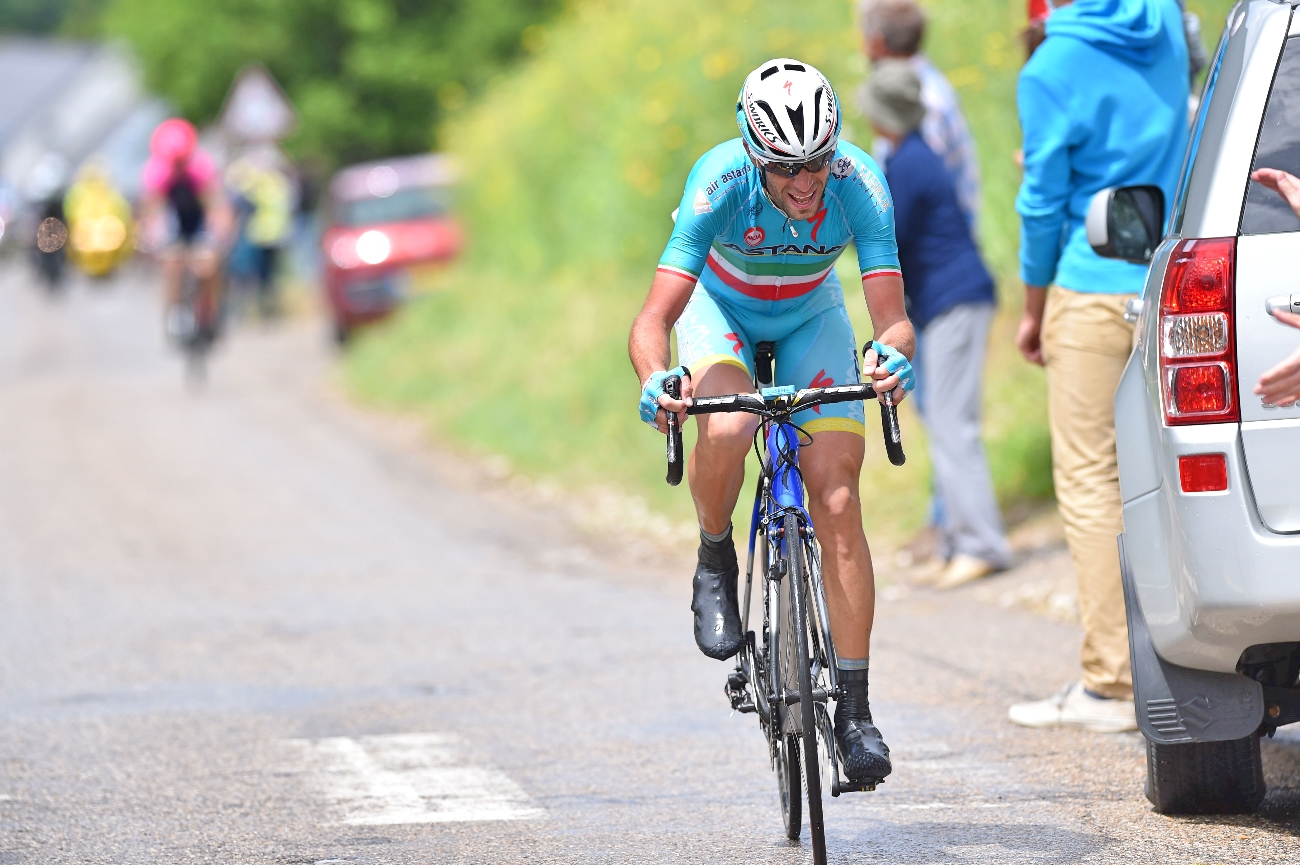Merida’s foray into disc brake road bikes has gained serious momentum with the launch of the Scultura Disc. It’s a significant step towards disc brake adoption in the pro peloton, with positive noises emanating from the Lampre-Merida camp, who used the Scultura Disc at the Tour of Flanders and Paris-Roubaix – but how would we fare when we took it out on the pavé ahead of the race?
The Scultura has been part of Merida’s range since 2006 and the rim brake version of the frame was updated last year, with the weight of the semi-aero frame dropping to 740g and flagship model coming with the self-appointed title of the ‘lightest production bike in the world’.
– Merida unveil Scultura Disc ahead of Paris-Roubaix –
Now Merida have followed up with a Disc version of the Scultura, which has thru-axles at the front and rear, and 160mm rotors, in order to conform to the latest UCI recommendations regarding disc brakes in the pro peloton, while Merida have also developed a fin cooling system for the rear brake and borrowed Focus’ RAT axle system. You can find the full tech story on the Merida Scultura Disc in our launch report.
But how does it ride? We took the Scultura Disc out on the cobbles of Paris-Roubaix, with the pavé of the Hell of the North providing a tough initial test of the bike’s performance. And, with Team Lampre-Merida guiding us through the first secteurs on their own disc-equipped Sculturas, it’d be a great opportunity to learn from the pros; I mean, how hard could this be?






















